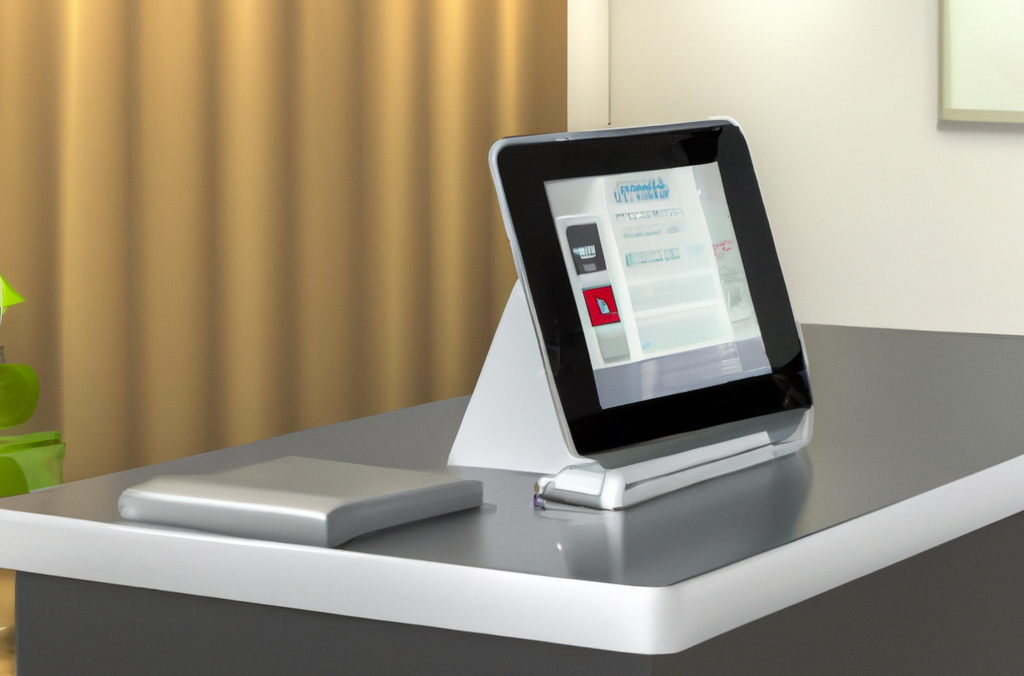Definition: Executive Suites Versus Coworking Spaces | Greetly

At some point, many entrepreneurs discover that the phrase work-at-home becomes a little more of home-at-work as domestic duties interfere with work duties. And what was intended as a way to save time and money ends up costing time and money.
Thus, tens of thousands of executive suites and the rapid growth of coworking spaces. So what exactly is the difference between the terms “executive suites”, “coworking” (often spelled co-working), and “shared offices“? While there is no clear line of demarcation between the two terms, this article highlights the general differences between the two types of shared workspaces.
Executive Suites
Executive suites are also known as serviced offices and business centers in different parts of the world. These entities provide office spaces, along with shared amenities such as a lobby area, business services, furniture, and a kitchen. Suites typically provide a full-time live receptionist, although progressive locations supplement them with digital visitor management systems.
Most executive suites come ready to use. You sign the agreement and you and your staff are ready to move in. It is generally one price for everything – an office with a locking door, furniture, telephone and internet. Leases are often for one to three years.
Executive suites are a great option for small services firms looking to make a professional impression on clients. If you’re an accountant or lawyer, for example, a potential client visits you in a prime location office building. The suite’s lobby is well appointed. Many executive suites minimize signage giving clients the impression your firm takes the entire space. You now have a professional environment that you can afford, something to think about if you want people to trust you with their taxes or important legal matters.
Coworking
 Coworking allows individuals to work independently or collaboratively in shared office space. There is some truth to the perception that coworking office space attracts tech companies. However, data suggests coworking is also friendly to telecommuters, freelance workers and the self-employed. The key benefits are affordability and opportunities for networking and social interaction – community.
Coworking allows individuals to work independently or collaboratively in shared office space. There is some truth to the perception that coworking office space attracts tech companies. However, data suggests coworking is also friendly to telecommuters, freelance workers and the self-employed. The key benefits are affordability and opportunities for networking and social interaction – community.
Coworking spaces usually involve a membership. Your membership may entitle you to your own personal workspace, such as a desk. Some memberships provide work areas on a first-come, first-serve basis.
Most coworking spaces provide 24-hour access, conference rooms, Wi-Fi, communal office equipment, and a common lounge area. Spaces are generally located in hip parts of town. Some offer perks you would expect at a technology company, like a fitness room, bike storage, and video games. Many also host coworking events adding to the community feel.
Advantages of Coworking
- Better Productivity. Even the most independent-minded entrepreneurs may discover a need for structure. Sometimes working at home becomes too flexible. Having a set time at the office can lead to better productivity. In addition, when you’re home, you’re home.
- Social and Professional Networking. Even if you have few distractions working at home, you might get lonely. Many coworking locations try to build a community among their members. This in turn creates an opportunity to network with like-minded individuals who understand and support entrepreneurs.
- Flexibility. Coworking offers many of the advantages that working at home offers. You can go to work when you wish and leave when you wish. Coworking spaces offer levels of membership, affording you the privacy you need.
- Short Terms. Rentals can be as short as the day. The most common scenario is month-to-month renting. Short commitments are helpful to firms that might grow, shrink or change direction in short order.
Disadvantages of Coworking
- Less Productivity. Coworking’s greatest advantage can also be its greatest disadvantage. When you share office space with others, there will be noise. There will also be opportunities to socialize. And others may want to socialize with you.
- Commuting. One of the great advantages of working at home is no commute. Fortunately, as the coworking universe expands, it becomes easier to find a space in your neighborhood.
- Cost. Sharing an office is inexpensive, but it’s not more inexpensive than free. Since you’re in business, however, weighing the possible income gains against the cost of renting office space shouldn’t be too difficult.
Shared Offices
Shared office space, or a shared workplace, is somewhat interchangeable for the category that includes both executive suites and coworking.
Summary
The following are key questions to ask before signing up for executive suites, a coworking membership, or a shared office space membership.
- Do you or your team need to meet clients regularly? If so, you may want to opt for a more professional environment of an office or executive suite.
- Do you need to increase productivity, but do not need to meet with clients face-to-face? Looks like you could forego many of the services associated with formal office settings. You may want to try co-working.
- Do you simply require a place to work or do you require a more private setting? Understanding how you work best is the key to choosing the right type of office.
- What amenities do you need? If you don’t need the receptionist, don’t pay for one.
- How important is community? If you are interested in meeting people in a similar field, that live and work near you, coworking might be a better option.
- What can you afford? The goal is to increase productivity, not break the bank.
The right work environment makes a huge difference. Choose wisely.




